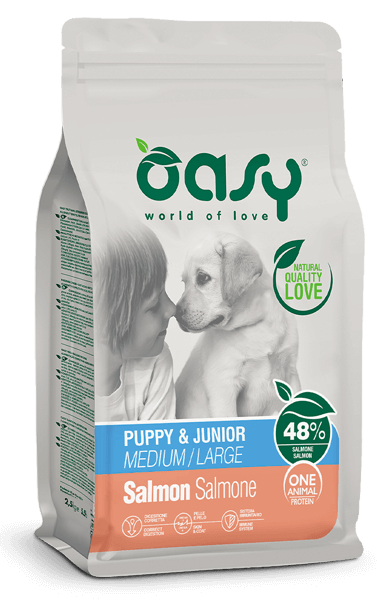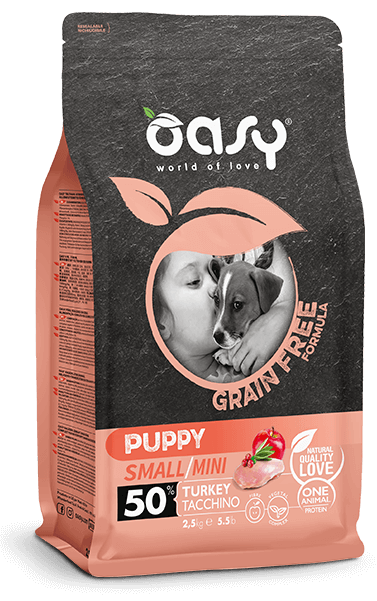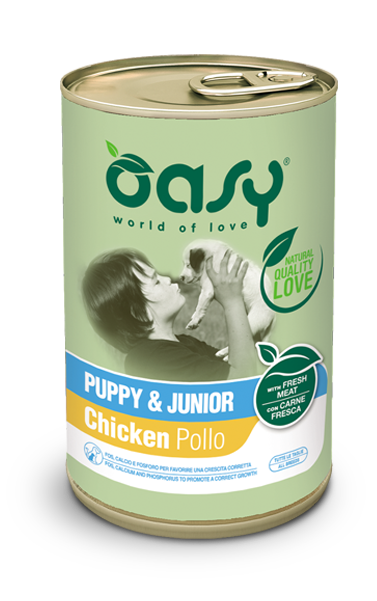First big question is: how long is dog gestation? Timing is completely different if compared to human pregnancies, and there’s no fix standard: dog gestation lasts about 65 days, but this number can change from a minimum of 57 to a maximum of 70, depending on puppies’ number (the bigger the litter, the longer the pregnancy), any previous gestation and genetic. What you need to do? As soon as you realise your dog is pregnant, you should take her to your vet to make sure gestation is going well and plan some check-ups to monitor regular growing of future puppies and, of course, future mum’s health. During pregnancy, it’s important for future mum to be active: taking her out for relaxing walks will be perfect exercise. Besides, future mum’s body undergoes many changes: the most evident one is abdomen growth, which is strictly related to changing dimensions of the uterus, the organ hosting baby puppies. Considering your pregnant dog’s nutrition, you should ask your vet about correct daily amounts and, even more important, what food would be most appropriate: in fact, both future mum and her puppies need many different nutrients during this particular stage. But: how do you realise your dog is pregnant? In addition to a more tired and lonely attitude, your dog’s body will start changing: her nipples and belly significantly swell and change their colour, while her gums lose it, turning more and more pale for some days.
How do you realise your four-legged friend is going to deliver?
There are clear symptoms:
If you notice one or more of these symptoms, then it’s time for you to play your part.
What should you do when delivery symptoms start?
 It’s really important you keep calm, even if you notice something "strange" - e.g. you could notice some blood-mucous loss: sure it is not nice, but it is normal during delivery.
The best thing you can do is let your dog take her own time, and do not force her in any way to deliver: it’s all up to her and she knows what to do. However, you can prepare for her a comfortable “delivery room”, with all the necessary things.
What do you need for a perfect “delivery room”?
It’s really important you keep calm, even if you notice something "strange" - e.g. you could notice some blood-mucous loss: sure it is not nice, but it is normal during delivery.
The best thing you can do is let your dog take her own time, and do not force her in any way to deliver: it’s all up to her and she knows what to do. However, you can prepare for her a comfortable “delivery room”, with all the necessary things.
What do you need for a perfect “delivery room”?
Problems during delivery are usually few and rare.
During pregnancy your vet visited future mum regularly and made tests: if any potential risks for your dog would had been spotted, your vet would have suggested a caesarean delivery.
In case of home delivery, there could however be some issues you may deal with. A puppy, right at the moment of the expulsion, could get stucked: in this case, contact your vet immediately; they will tell you what you to do and if it will be necessary to move to the clinic or if they will come home for help.


